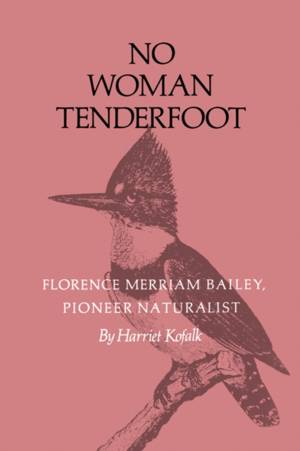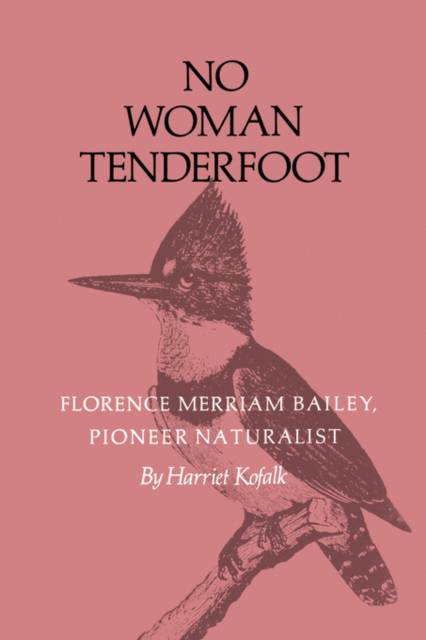
Door een staking bij bpost kan je online bestelling op dit moment iets langer onderweg zijn dan voorzien. Dringend iets nodig? Onze winkels ontvangen jou met open armen!
- Afhalen na 1 uur in een winkel met voorraad
- Gratis thuislevering in België vanaf € 30
- Ruim aanbod met 7 miljoen producten
Door een staking bij bpost kan je online bestelling op dit moment iets langer onderweg zijn dan voorzien. Dringend iets nodig? Onze winkels ontvangen jou met open armen!
- Afhalen na 1 uur in een winkel met voorraad
- Gratis thuislevering in België vanaf € 30
- Ruim aanbod met 7 miljoen producten
Zoeken
€ 24,45
+ 48 punten
Omschrijving
Years before pesticides and other pollutants began to endanger species, humans had no trouble finding less sophisticated ways of endangering wildlife. When the twentieth century had barely begun, the passenger pigeons had been slain to the last and the American bison had been hunted to the brink of extinction. Love of and concern for nature called people like Florence Merriam Bailey to action. Bailey was one of the first to study live birds in their natural environment instead of studying specimens that had been shot and brought into a laboratory. She was the first woman to be an associate member of the American Ornithologists' Union, and for fifty years, with her husband Vernon Bailey, chief naturalist for the U.S. Biological Survey, she spent summers in the West and Southwest observing birds and making field notes, often from the back of a horse or mule. Harriet Kofalk has chronicled Florence Merriam Bailey's life, with Florence's sixtyyear correspondence with her brother, Hart, as a major source. Numerous excerpts from her ten books and more than one hundred articles are included, all describing joyfully the pleasures of studying live birds.
Specificaties
Betrokkenen
- Auteur(s):
- Uitgeverij:
Inhoud
- Aantal bladzijden:
- 248
- Taal:
- Engels
Eigenschappen
- Productcode (EAN):
- 9781585440368
- Verschijningsdatum:
- 1/06/2000
- Uitvoering:
- Paperback
- Formaat:
- Trade paperback (VS)
- Afmetingen:
- 154 mm x 231 mm
- Gewicht:
- 381 g

Alleen bij Standaard Boekhandel
+ 48 punten op je klantenkaart van Standaard Boekhandel
Beoordelingen
We publiceren alleen reviews die voldoen aan de voorwaarden voor reviews. Bekijk onze voorwaarden voor reviews.











